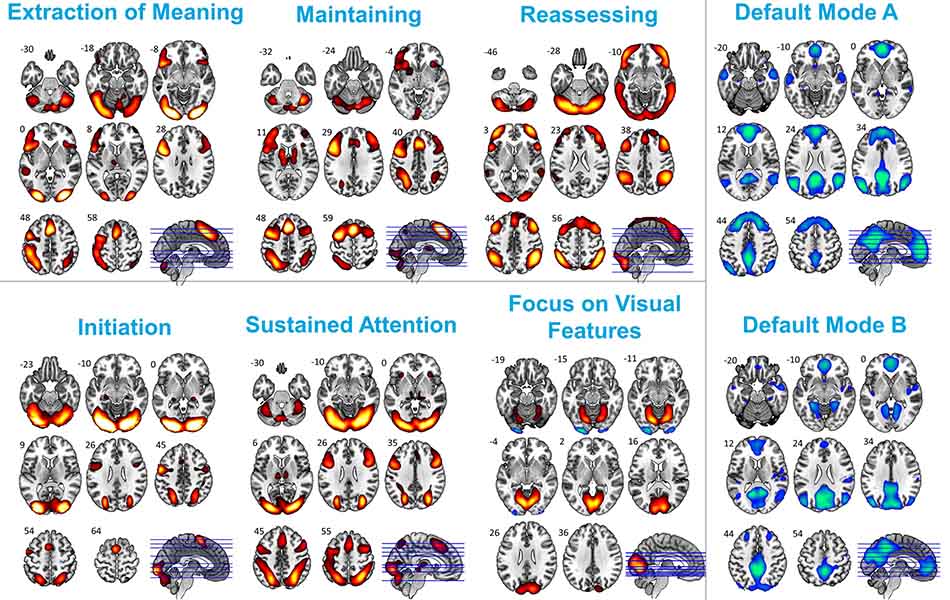Can you look at images of the brain and tell what someone is thinking?
Well, not quite. But Language Sciences member and Psychiatry professor Todd Woodward works with functional magnetic resonance imaging (fMRI) data to determine networks in the brain and predict the cognitive processes involved.
Why are you a 'mind reader'?
I was always fascinated with clinical and cognitive neuropsychology and the ability to observe people’s impaired behaviour and “know” which brain areas are affected. I never expected to be able to use neuroimaging to do the reverse - to know something about behaviour by looking at active brain areas - but here we are.

Our lab can work with interested researchers on fMRI data to help identify observed brain networks which are associated with fMRI-detectable cognitive functions.
Since every cognitive process is underpinned by its own brain network, it is next to impossible to link infinite specific brain networks to infinite specific cognitive processes. However, fMRI allows us to determine 'super processes', because rather than detecting neural activity, it detects the concentration of oxygen in blood flow, which for most tasks, ends up integrating a large number of specific cognitive processes into one integrated super process, such as extraction of meaning.
It turns out that a set of 12 super processes, and associated brain networks, span all fMRI based cognitive tasks tested to date. This allows researchers to study how each network activates over a wide range of tasks, and work on inferring the function of that network based on all those task conditions to which that network and its super process responds. Recognition that this super process is currently being used, based on the observed pattern of brain activity, is known as reverse inference.
This is a very rudimentary type of mind reading, because certain types of thoughts that are commonly experienced by all people are assumed to be associated with each super process.
Is there a 'language network' in the brain?
What is “in the brain” is very difficult to determine. But if the question were “Can fMRI detect a 'language network' in the brain?” this has an answer. There is an fMRI-detectable brain network, which includes Broca’s and Wernike’s areas, that we believe is activated whenever linguistic meaning is required to be extracted (e.g., lexical decision or listening to speech). However a bilateral version of the same network is active when extracting other types of meaning (e.g., emotions in facial expression), so we attribute the super process 'extraction of meaning' to this network. However, at the same time, all fMRI-detectable networks are associated with accompanying (and classifiable) subjective thought processes, which could be argued to be linguistic in nature.
So, although fMRI detects a network specific for extraction of (linguistic) meaning, language-associated thought does not seem be specific to any one fMRI-detectable network.
What can fMRI be used for? Why is it important?
For an individual language researcher, fMRI can tell us when specific emergent cognitive super-processes are engaged in any task of interest. So, if a researcher has a specific task they are interested in, they could also know which fMRI-detectable brain networks are engaged in that task, and which fMRI-detectable cognitive super-processes are involved in their task. Each researcher would have to decide for themselves if the information that fMRI provides is of interest to them.
In addition to this, future research will involve determining which networks, under which task conditions, are associated with performance, intelligence, personality, aging, pathology, or any other measure of individual differences. Finally, cognitive neuroscience in general may benefit by having fMRI-based targets for neurostimulation and neuromodulation for enhancement of treatments.
